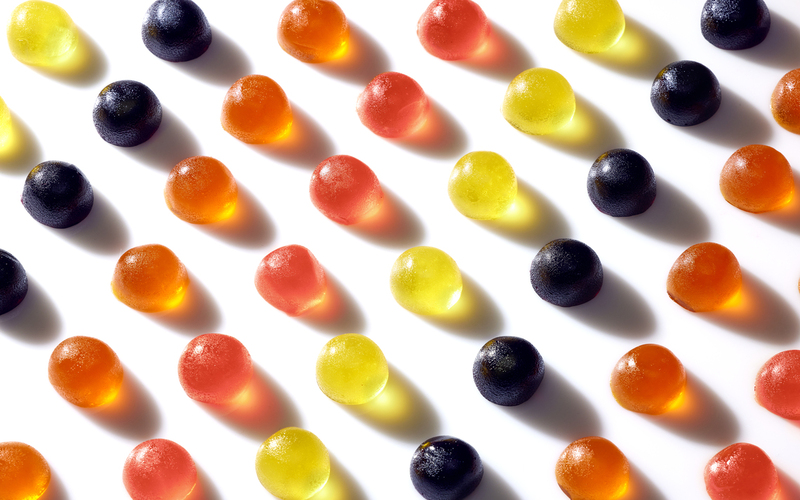[ad_1]
The pharmaceutical industry knows quite well that key ingredients and medications are a waste if the body can’t absorb them.
Likewise, manufacturers of cannabis or THC products should seriously consider why they are taking the time, effort, and money to make a great edible or drinkable product if the key ingredient is in a format that the body cannot readily absorb.
High-quality nanoemulsions can solve that problem and give consumers a consistent experience. They also allow for better dose control, which decreases the variability in effect and onset/offset times.
In a market where it is difficult to differentiate one brand from another, the superior performance and uptake offered by a high-quality nanoemulsion allow manufacturers to stand out. Additionally, the use of nanoemulsions can equate to less money spent on pricey ingredients due to improved bioavailability and potency.
The “Science of Small” — What is a Nanoemulsion?
Cannabis is a highly variable, natural product that requires refining. When manufacturers attempt to incorporate it into food or beverage products, which require specific controls, the challenges can be numerous.
The bioavailability and onset of nanoemulsions are much better, in large part because it simply takes longer for the body to break down and absorb bigger fat droplets. Only when the droplets are sufficiently tiny can they be metabolized and absorbed properly.
A 20-nanometer droplet vs. a 120-nanometer droplet means presenting the body with something that is much more digestible.
There are three main benefits of using nanoemulsions. The first is stability. High-quality nanoemulsions provide a very robust and stable environment for cannabinoid oil droplets, making it highly unlikely that the cannabinoid will find something else in the food matrix that it’s happier attaching to.
The second is dispersibility. Stable emulsions are more readily dispersible into a food matrix and offer a very high level of consistency.
For example, if a manufacturing facility has a beverage tank and the manufacturer needs to ensure that the active ingredients get completely dispersed throughout the tank, a high-quality nanoemulsion can be uniformly and readily dispersed from top to bottom and side to side.
The third is physical stability. As long as the manufacturer does a great job of producing a robust system that will survive the processing (e.g. cooking, pasteurization) the nanoemulsion droplets will be so stable in their macro-environment and their micro-environment that when they’re dispersed into a food matrix, they will stay in that conformation.
High-quality nanoemulsions can greatly improve consistency and bioavailability compared to traditional formats, but how can a manufacturer know if they’ve found a high-quality nanoemulsion?
How to Recognize a High-Quality Nanoemulsion
A simple and cost-effective way to recognize a high-quality nanoemulsion is to visually assess clarity, color, and consistency. Well-made nanoemulsions should be clear or nearly clear.
The reason for this is that the bigger the lipid particles are, the more the visible light is scattered, resulting in a more opaque or milky appearance.
This is the same phenomenon that causes milk to be opaque. Milk contains large fat droplets, meaning that when light hits it, it scatters in all colors and all directions, and the milk appears white.
A high-quality nanoemulsion with very small particles — about 20 nanometers — will be clear on a visual inspection because it will not be scattering visible light; rather, it scatters ultraviolet light.
In this way, a visual inspection can offer a low-tech, easy method of identifying if a nanoemulsion is high-quality. As the mean diameter of the particle size goes down and gets smaller, clarity and stability will go up.
[ad_2]






Leave a Reply